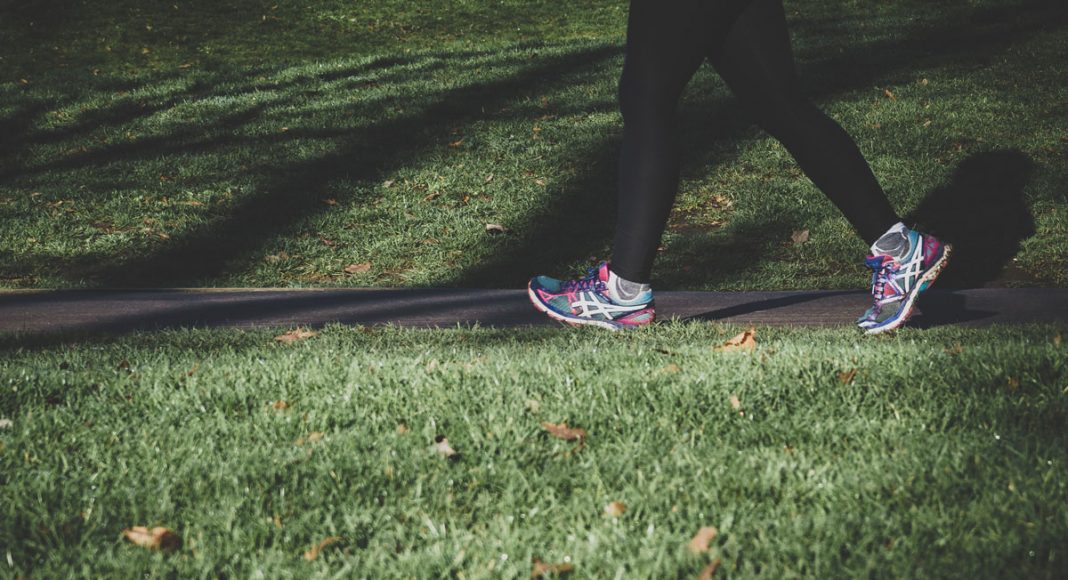So, is it the boring-but-safe treadmill or the thrill of the uneven pavement? What matters is that you get to work, inside or out.
-
Related Story: Wearable Fitness Technology Might Not Help You Lose Weight
If you’re concerned about the impact to your joints and knees, running on a treadmill is a little softer and more forgiving. There’s a tradeoff in muscle strengthening, however: Hamstrings, especially, are under-worked on treadmills because the belt is doing some of the propelling work for you. Active.com outlines this difference:
Unlike outdoor running, where you would typically rely on your hamstrings to finish the stride cycle and lift your leg behind you, the propulsion of the belt does much of that work for you. This means your hamstrings aren’t firing as much and don’t get worked running inside as they would outside. The extra effort demanded of your quads is also a factor to keep in mind.
But if you’re trying to avoid getting snow in your face during a run, or don’t want to hoof it outside after dark for safety reasons, rest assured that you’re not sacrificing that much.
-
Related Story: These Spotify Playlists Will Put Your Workout Into High Gear
For the average person, the difference is mainly mental. Casey Kerrigan, founder and president of Oesh Shoes, told Runner’s World that the debate is pretty pointless. “People have a bias against treadmill running — that real runners don’t do it, or that it changes your leg movements. It’s all garbage. We found some minor changes, but they weren’t the ones people expected, and they don’t affect anyone’s running biomechanics.”
In a study of treadmill runners, the differences in air speed and pace only showed up in those hauling ass a 7:09 mile pace or faster — much faster than the average in-shape person.
So, is it the boring-but-safe treadmill or the thrill of the uneven pavement? What matters is that you get to work, inside or out.


